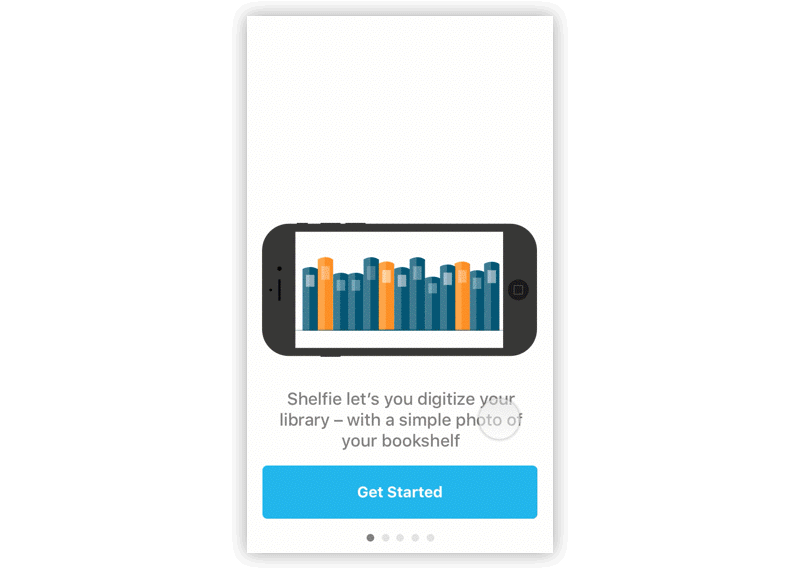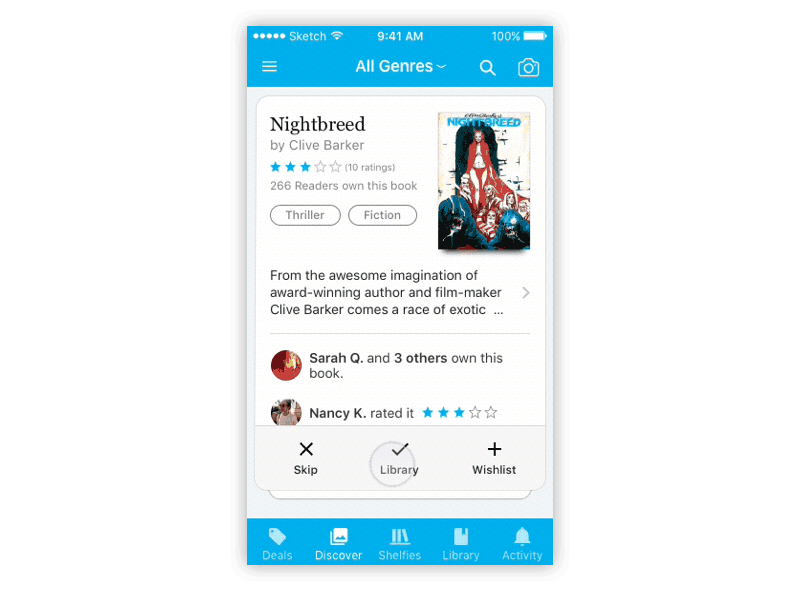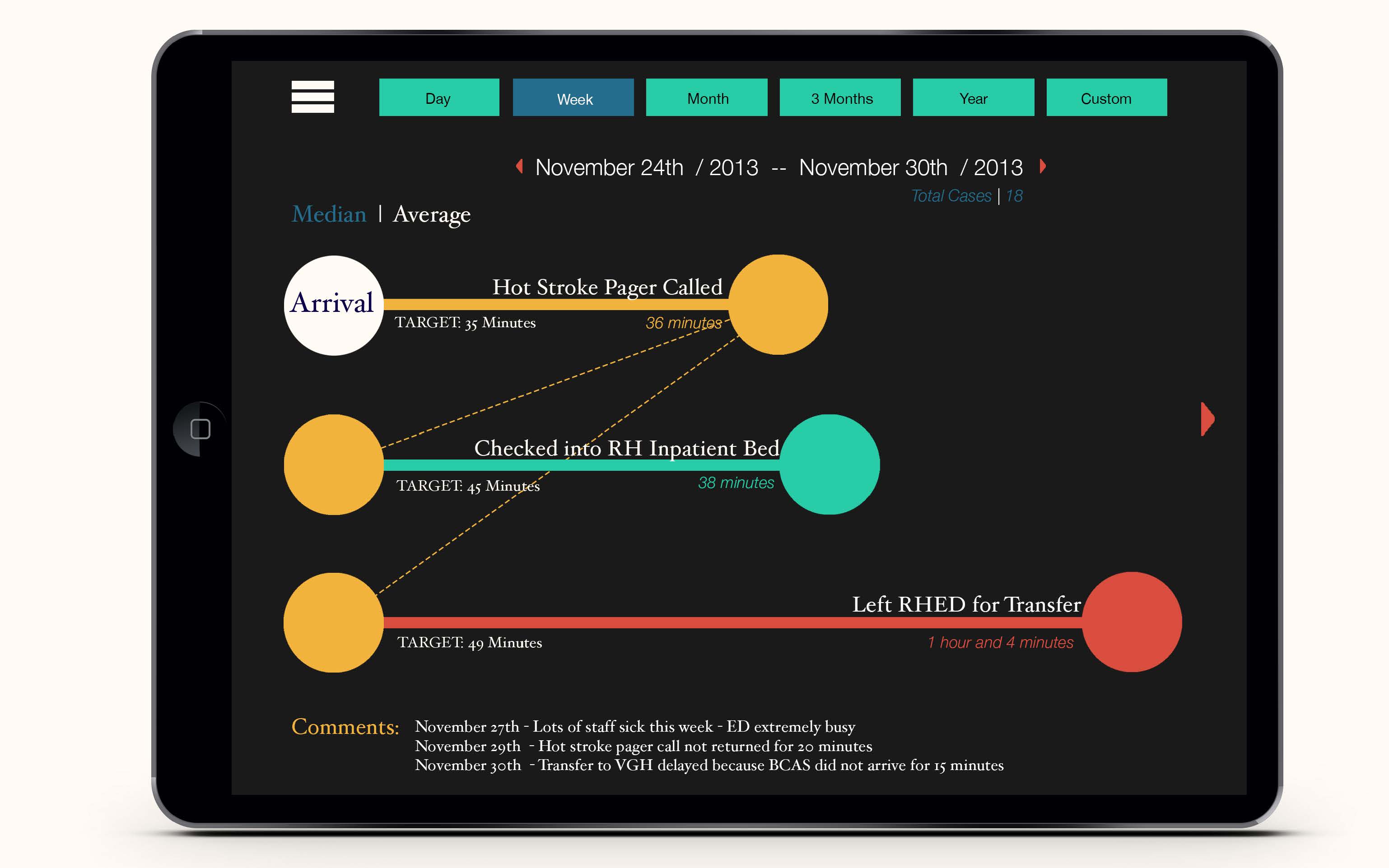Hello, my name is Ben Westergreen
I’m an Interaction Designer living in Vancouver BC. For the last few years I worked at Shelfie as an UX/UI Designer. Previously I worked with Vancouver Coastal Health as a Research Assistant through Emily Carr University.
I have been focusing on User Experience, Rapid Prototyping, Illustration and UI design. My design practice is grounded is empathy and relationships. Working as a team to deeply understand the needs of people and truly listening to each other.
Outside of applied design – I practice Visual Art exploring site-specific space, identity, and gender. I’m also an avid audiophile if you want to discuss your favorite micro-genre.







